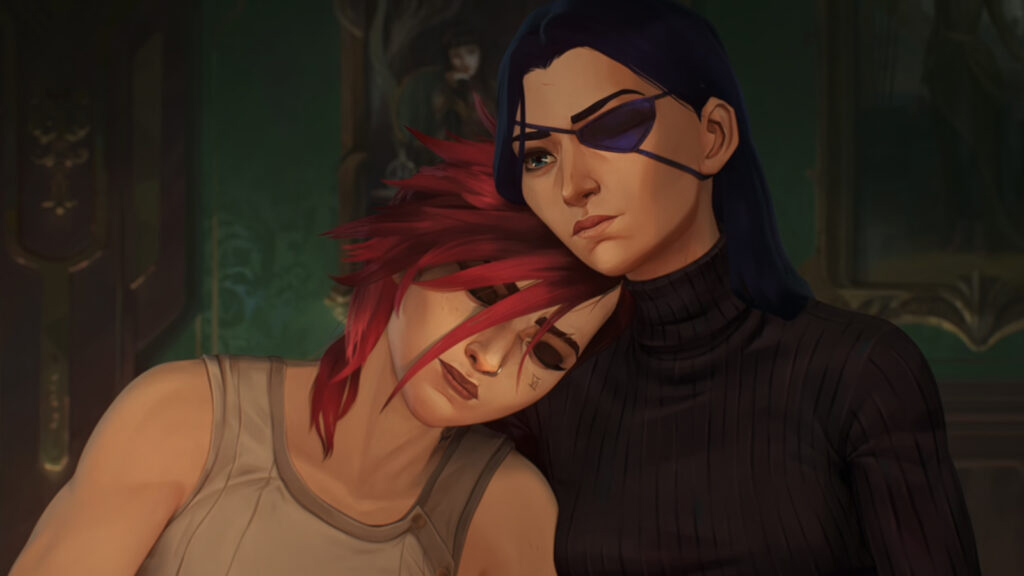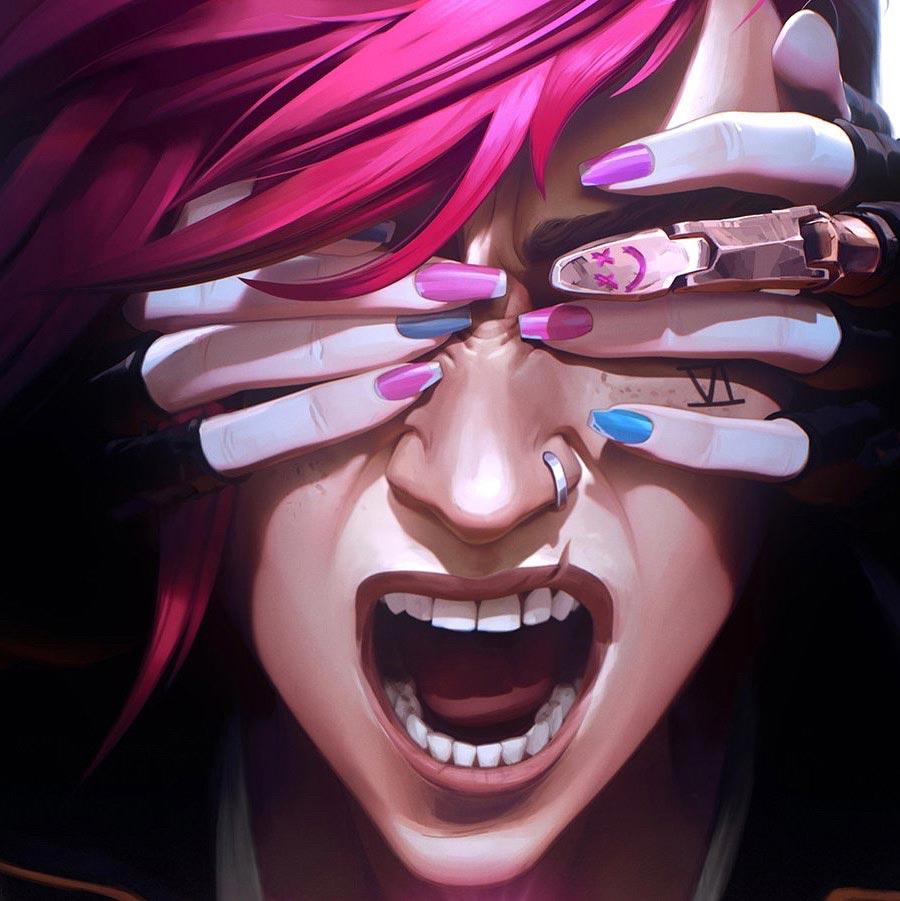
The animated series Arcane, adapted from the game League of Legends, not only captivated a massive player base but also sparked global discussions, becoming a cultural phenomenon.
Beyond its stunning animation and compelling storytelling, the emotional arcs of its characters have become a major talking point among viewers and critics alike. Notably, the CaitVi pairing—the relationship between Piltover enforcer Caitlyn and Vi—is seen as a breakthrough in the series, marking the first time an LGBTQ+ romance has taken center stage in a traditional mainstream narrative.
However, this progress doesn’t guarantee universal acceptance. Despite Arcane’s supportive portrayal of lesbian relationships and CaitVi’s central role in the plot, some mainstream voices still question the relevance of this storyline, forcing supporters to justify its existence.
・Caitvi CP:A Breakthrough in Mainstream LGBTQ+ Narratives

In Arcane, Caitlyn and Vi’s relationship gradually evolves from friendship into emotional reliance and mutual support. While this development is deeply layered, it may not align with viewers’ expectations of a “romantic relationship.” Instead, it presents a profound emotional connection and understanding between the two. Arcane provides ample space for this dynamic to unfold, allowing audiences to feel the chemistry between these characters.
This portrayal not only breaks ground in representing lesbian relationships but also challenges gender stereotypes. Traditionally, female characters in narratives are often depicted as emotionally dependent on male characters, while same-sex relationships are marginalized or subtly handled. Arcane, however, places CaitVi at the core of its story, integrating their bond into character development and plot progression. This is a significant advancement, granting LGBTQ+ relationships greater visibility in mainstream storytelling.
・The Marginalization of LGBTQ+ Voices

Despite Arcane’s thoughtful development of CaitVi, this relationship still faces challenges within Taiwan’s sociocultural context. In traditional storytelling frameworks, LGBTQ+ relationships are often viewed as “niche” or “non-mainstream,” lacking sufficient promotion and discussion (evident in the differences between Netflix Taiwan and international promotional materials). Many lesbian and LGBTQ+ viewers are left to express their support in small, niche platforms or private spaces, often resorting to anonymous accounts on Twitter, Threads, and similar platforms for comfort. This reflects a lingering societal discomfort or misunderstanding toward such emotional representation.
This raises the question: Why, in an era that seemingly embraces cultural diversity and in Taiwan—a country where same-sex marriage has been legalized—do LGBTQ+ narratives still have to exist quietly in alternate accounts? Are mainstream media still hesitant to openly embrace these stories? Even in animation, LGBTQ+ relationships are often subtly portrayed, posing obstacles to recognition and authentic expression for these communities.
・Why CaitVi Supporters Rely on “Alternate Accounts”

On today’s social media platforms, using “alternate accounts” has become common. For marginalized groups, especially LGBTQ+ individuals, creating anonymous or secondary accounts to express feelings or seek resonance has become a means of self-protection. This trend reflects society’s ongoing struggle to fully accept LGBTQ+ voices, with mainstream platforms and media maintaining a certain level of distance or implicit exclusion.
Even in culturally progressive regions, LGBTQ+ people may still face pressures from family, society, or cultural norms when expressing their emotions. Under these circumstances, using alternate accounts allows for emotional exchange while safeguarding privacy and fostering solidarity within the community. For many lesbians and LGBTQ+ individuals, this is an unavoidable choice in the face of societal challenges.
・Arcane’s Narrative Breakthrough Is Worth Fighting For

Though Arcane made significant strides by placing CaitVi at the heart of its story, it cannot fully escape the tension between traditional storytelling and contemporary cultural contexts. The fact that this relationship only gains genuine resonance on niche platforms further highlights society’s limited acceptance of LGBTQ+ emotional expression.
Perhaps, as time passes and minority communities continue to amplify their voices in mainstream spaces, such narratives will gain broader recognition and representation in media. In the future, LGBTQ+ individuals may find more open environments to freely express their emotions.
Follow, share, and comment to express your thoughts—we always need more voices!


